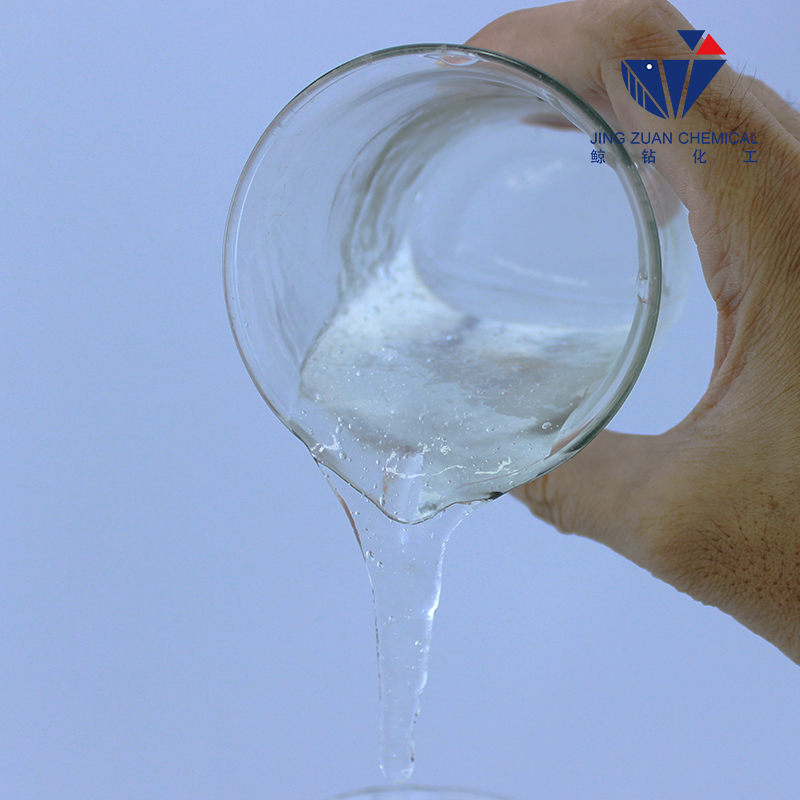
dec . 06, 2024 06:40 Back to list
mhec-methhyl hydroxyethyl cellulose factory
Understanding Methyl Hydroxyethyl Cellulose and Its Production
Methyl Hydroxyethyl Cellulose (MHEC) is a widely utilized cellulose derivative that possesses a unique combination of properties, making it an essential ingredient across various industries. It is especially popular in construction, paints, coatings, pharmaceuticals, and personal care products. This article aims to explore the production of MHEC and its significance in various applications.
MHEC is synthesized from cellulose, a natural polymer found in the cell walls of plants. The production process involves the esterification of cellulose with methyl and hydroxyethyl groups. This reaction results in a versatile polymer with improved solubility and stability in a wide range of conditions.
The manufacturing of MHEC requires several steps. First, cellulose is sourced, often from wood pulp or cotton. The raw cellulose undergoes a series of chemical processes where it is first reacted with methyl chloride to introduce methyl groups, followed by reaction with ethylene oxide to add hydroxyethyl groups. The control of reaction conditions, such as temperature, pH, and the ratios of reagents, is vital for obtaining MHEC with specific properties suitable for its intended application.
One of the significant advantages of MHEC is its water-solubility and ability to form viscous solutions, which are essential in construction applications. In cement and tile adhesives, for instance, MHEC acts as a thickening agent, improving workability, providing a better grip, and promoting adhesion to the substrates. Additionally, it enhances the retention of water in these mixtures, which is crucial for achieving optimal curing and strength properties in construction materials.
mhec-methhyl hydroxyethyl cellulose factory

In the coatings and paints industry, MHEC serves as a key component in formulating products that require a particular viscosity and stability. It plays a dual role by providing controlled flow and preventing sagging during application, while also improving the durability and resistance of the finished product. Furthermore, because MHEC is non-ionic, it remains stable in the presence of electrolytes, making it an excellent choice for formulating a wide range of decorative and functional coatings.
Beyond construction and coatings, MHEC finds its way into the pharmaceutical sector where it is used as an excipient and stabilizer in various formulations, including tablets, capsules, and topical applications. Due to its biocompatibility and ability to form gels, MHEC is often embraced in drug delivery systems to control the release of active ingredients. It also acts as a film-forming agent and helps improve the texture and usability of topical pharmaceutical products.
In personal care products, MHEC contributes functionality as a thickener, emulsifier, and stabilizer, thereby enhancing the texture, feel, and performance of lotions, creams, and shampoos. Its moisture retention properties make it particularly valuable in skin care formulations, where it helps in maintaining hydration and enhancing the overall aesthetic experience of the product.
Furthermore, environmental considerations play an important role in the production and application of MHEC. Manufacturers are increasingly focusing on sustainable practices, sourcing raw materials responsibly, and optimizing production processes to minimize waste and energy consumption. The growing demand for eco-friendly products has encouraged the development of bio-based and biodegradable cellulose derivatives, including MHEC, aligning with global efforts for sustainable development.
In conclusion, Methyl Hydroxyethyl Cellulose is an essential ingredient across multiple industries due to its unique properties and versatility. From enhancing construction materials to improving the quality of pharmaceutical and personal care products, MHEC serves a vital role in modern formulations. As manufacturers pursue sustainable practices, the production of MHEC will continue to evolve, meeting the needs of various applications while prioritizing environmental responsibility. The future of MHEC appears promising, with ongoing innovations that will expand its usage further, benefiting industries and consumers alike.
-
Unlocking the Benefits of HPMC Products: A Gateway to Versatile Applications
NewsAug.07,2025
-
Unleashing the Potential of HPMC Ashland: A Comprehensive Look
NewsAug.07,2025
-
Tile Bonding Cellulose: The Key to Superior Adhesion and Durability
NewsAug.07,2025
-
Hydroxypropyl Methylcellulose Powder: The Versatile Component in Modern Pharmaceuticals
NewsAug.07,2025
-
Hydroxyethyl Cellulose: The Versatile Solution for Various Industries
NewsAug.07,2025
-
Hydroxyethyl Cellulose (HEC): The Versatile Polymer for Various Applications
NewsAug.07,2025







